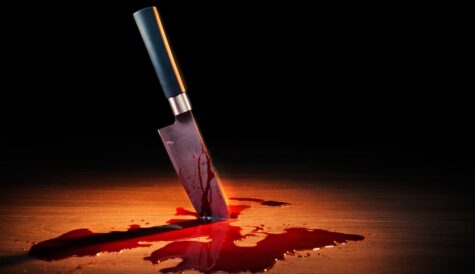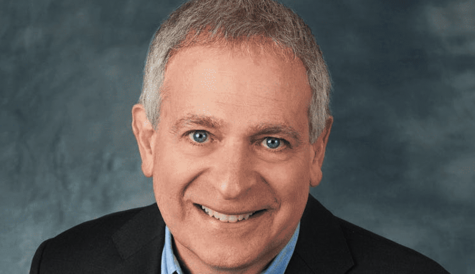The House that Gurinder built
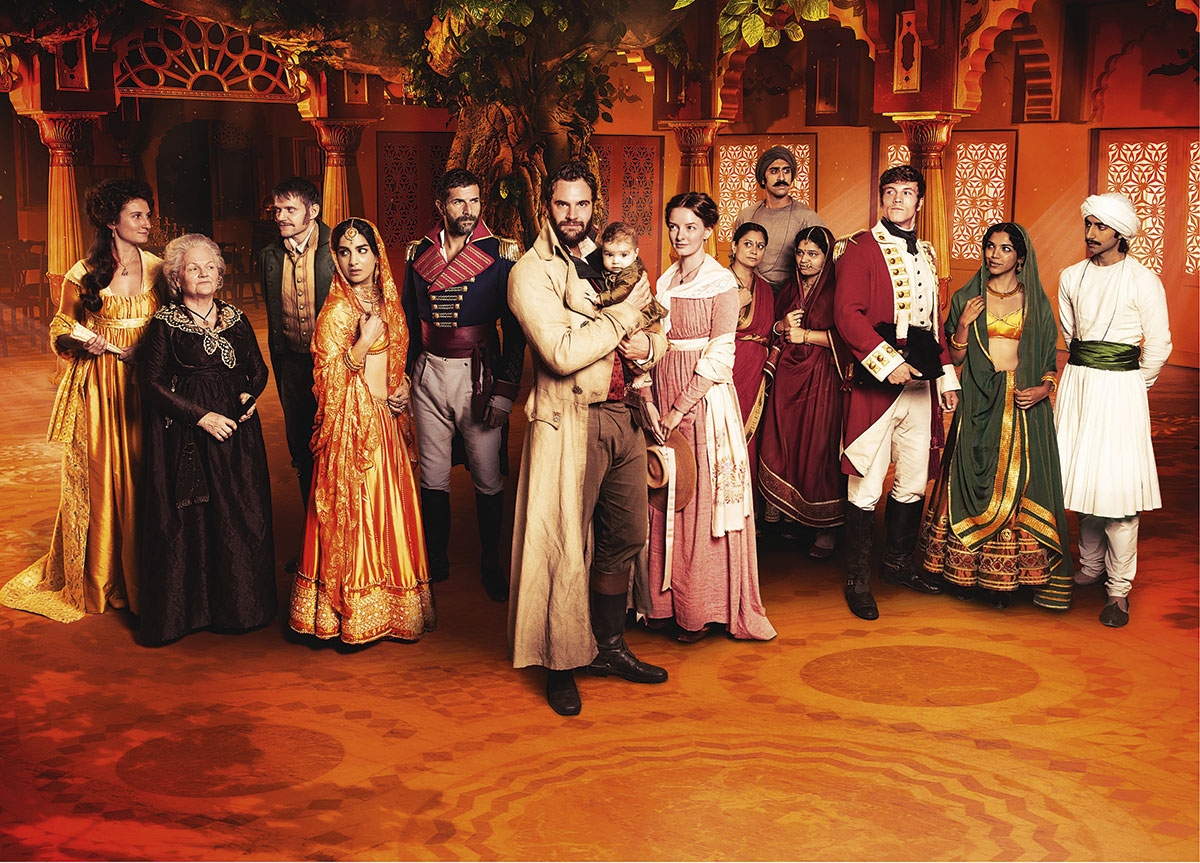 Director and screenwriter Gurinder Chadha’s first large-scale drama series Beecham House, to be screened in June on ITV, will kickstart a focused period of television programme-making for the award-winning filmmaker. Ross Biddiscombe reports
Director and screenwriter Gurinder Chadha’s first large-scale drama series Beecham House, to be screened in June on ITV, will kickstart a focused period of television programme-making for the award-winning filmmaker. Ross Biddiscombe reports
Gurinder Chadha – famous for modern classics such as Bend It Like Beckham and Bhaji On The Beach – says that in her immediate future, there is no question TV projects are at the forefront.
“At the moment I’m focusing more on the TV side because I had such a great time on Beecham House,” says the 59-year-old London-based filmmaker, who plans to expand from working with the traditional linear channels.
In fact, she already has links with Netflix via animated musical Pashmina, which she will direct and co-write with husband-collaborator Paul Mayeda Berges.
“I’ll definitely do projects with Netflix, Amazon or Disney+. There are so many streaming channels now that we’re spoilt for choice,” she says.
For now, however, the focus is launching Beecham House – Chadha’s India-based passion project that has been dubbed ‘Dehli Downton’, and for good reason: she admits to following the successful pathway set out by Downton Abbey creator Julian Fellowes in a number of ways.
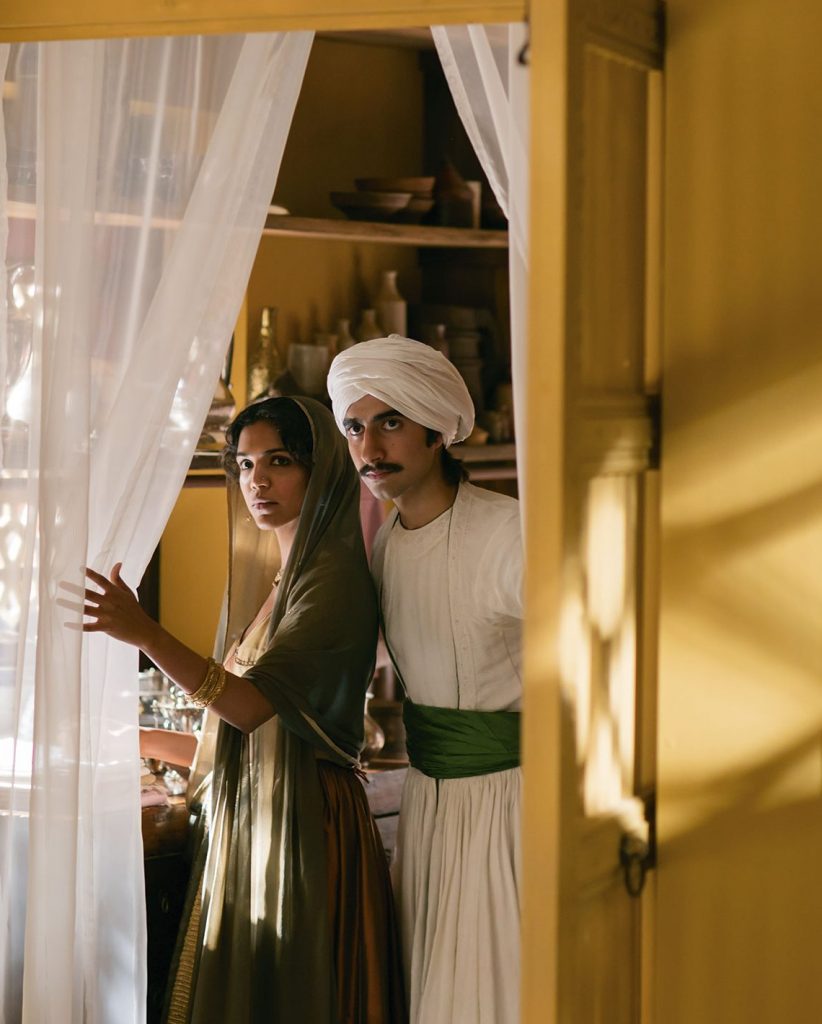 For starters, both stories are set around iconic buildings with a strong leading male character – Hugh Bonneville in Downton and Tom Bateman in Beecham – and they also feature an “upstairs-downstairs” cast from different social classes.
For starters, both stories are set around iconic buildings with a strong leading male character – Hugh Bonneville in Downton and Tom Bateman in Beecham – and they also feature an “upstairs-downstairs” cast from different social classes.
But the two projects mirror each other in a more significant way, too. Chadha’s 2017 film Viceroy’s House was a springboard for her ITV drama, just as Fellowes’s Gosford Park paved the way for Downton Abbey, which also aired on ITV.
“As a concept, Beecham House started when I was waiting for the greenlight on Viceroy’s House. My best way of dealing with all the waiting around is to start writing,” says Chadha.
“Viceroy’s House was about the partition of India in 1947, and I had done a lot of research and reading about the period of the British Raj, so I said, ‘I’m going to turn this into something else.’”
Downton Abbey was “riding very high” at the time, says Chadha, and because she had been a fan of BBC One’s Upstairs Downstairs, she came up with the idea of taking the genre and using Beecham House as a vehicle to tell the story of the Raj – the period during which the British Crown ruled the Indian subcontinent – through the house and its occupants.
The final Downton connection came with Lesley Nicol, who played Lord Grantham’s cook Mrs. Patmore, taking a leading role. Now, ITV is hoping Beecham House has the same impact on Sunday night audiences as Downton Abbey did nine years ago.
“I’ll definitely do projects with Netflix, Amazon or Disney+. There are so many streaming channels now that we’re spoilt for choice.”
Gurinder Chadha
Chadha points out that she never envisioned the project as anything other than a TV drama. “Oh, God, with 250 years of history of the Raj, it had to be more than just one movie,” she laughs.
Plus, like many film directors, Chadha had started watching a lot of premium TV.
“The Newsroom on HBO was the show I really binge-watched at that time,” she says of the Aaron Sorkin-created show that ran for three series from 2012 to 2014. She liked the show partly because she worked on news at the BBC at Pebble Mill in the late 1980s.
However, contrary to her movie-making image, Beecham House is actually a return to TV for Chadha, who worked as a director for Channel 4 early in her career – cheered on by one of the broadcaster’s most successful early producers, Charlie Parsons – when she was trying to get her second film off the ground.
“Charlie was making Gaytime UK and I worked on Wish You Were Queer, filming Judith Chalmers-style holiday reports on a Caribbean cruise with 500 lesbians. I dipped back into TV because I needed money.”
Later, in 1995, Chadha also directed a two-part TV drama for the BBC called Rich Deceiver, which rated well at around 13m viewers.
However, there were no other TV projects on the go until Beecham House.
“After seeing all the changes in television, I started developing TV projects and a few people were interested. We’d had some meetings when Fremantle approached me as it was trying to boost its drama content. We really liked each other, and I showed the company a slate of ideas. Then, we were off.”
Fremantle took a 25% stake in Chadha’s Bend It TV prodco in April 2017.
“As filmmakers, we know a good story, but we needed to learn how to turn it into longform – six hours, not 90 minutes. We looked at projects differently than Fremantle, but that was good and Beecham House was our strongest idea because Viceroy’s House was just coming out.”
Beecham House is the first show to emerge from a two-year-old deal with Fremantle. ITV commissioned the series just over a year ago, and US public broadcaster PBS, which aired Downton Abbey Stateside via its ‘Masterpiece’ banner, swooped in to pick up the US rights.
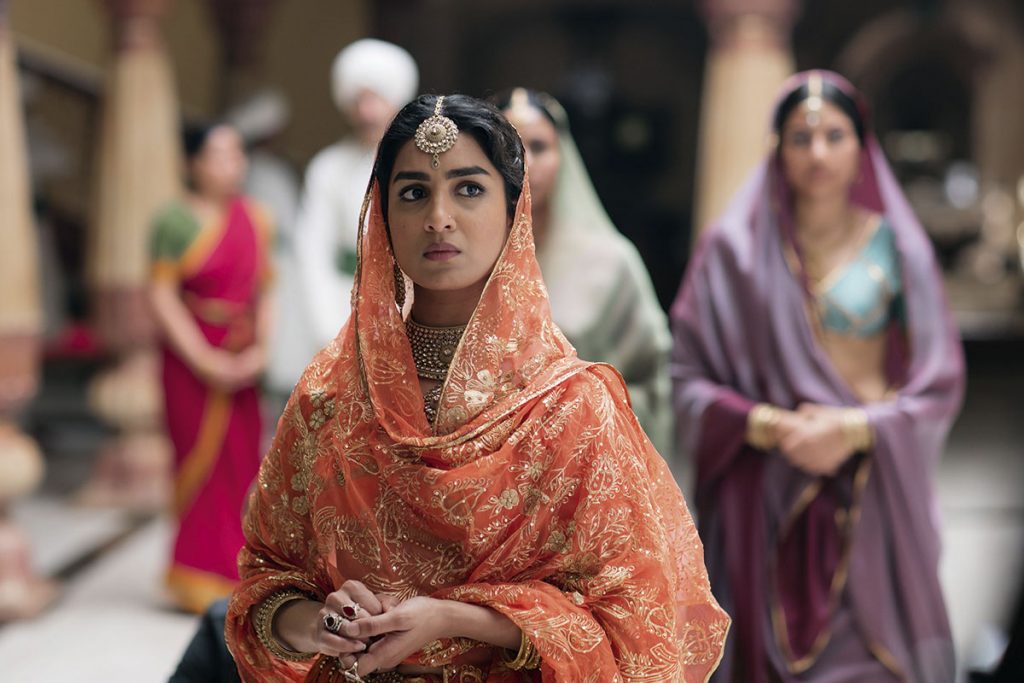 She cast Beecham House without A-list stars and says shooting TV rather than a film was relatively seamless. “There was no trepidation. Sure, it was new terrain and that’s exciting, but I’m an independent filmmaker, so I did what I know best.”
She cast Beecham House without A-list stars and says shooting TV rather than a film was relatively seamless. “There was no trepidation. Sure, it was new terrain and that’s exciting, but I’m an independent filmmaker, so I did what I know best.”
Chadha points out that her indie experience also helped her squeeze the last ounce out of the production budget.
She recalls a story of a screening where one budget-conscious exec was stunned at the lavishness on screen.
“We know how to make the most of our budget. A lot of the budget for shows like The Crown is above the line, paying for the cast, but I’m used to cutting my cloth to what I have.”
The cost per episode for Beecham House, she says, is “less than half of something like The Crown”, which is believed to cost around $13m per episode.
Chadha also notes that she had an advantage over other directors filming in India: her own ethnicity helped considerably during 16 weeks of filming in Delhi.
“India is a tough place to shoot. I’m Indian and British and I know how to speak to people there to get what I want. Culturally, it’s very different, and I could smooth things out — that’s important because those production problems can find their way onto the screen.”
The main education, however, was not in the filming, but in the editing.
“I basically filmed six hour-long movies, but the challenge was the discipline of the ad breaks, having hooks for the audience and the heartbreaks with a Jurassic-style cliff-hanger.
“Three-act structures in movies are much easier; we set up climaxes and conflicts within 90 minutes. But for Beecham House, there’s only 10 minutes to set these things up.”

